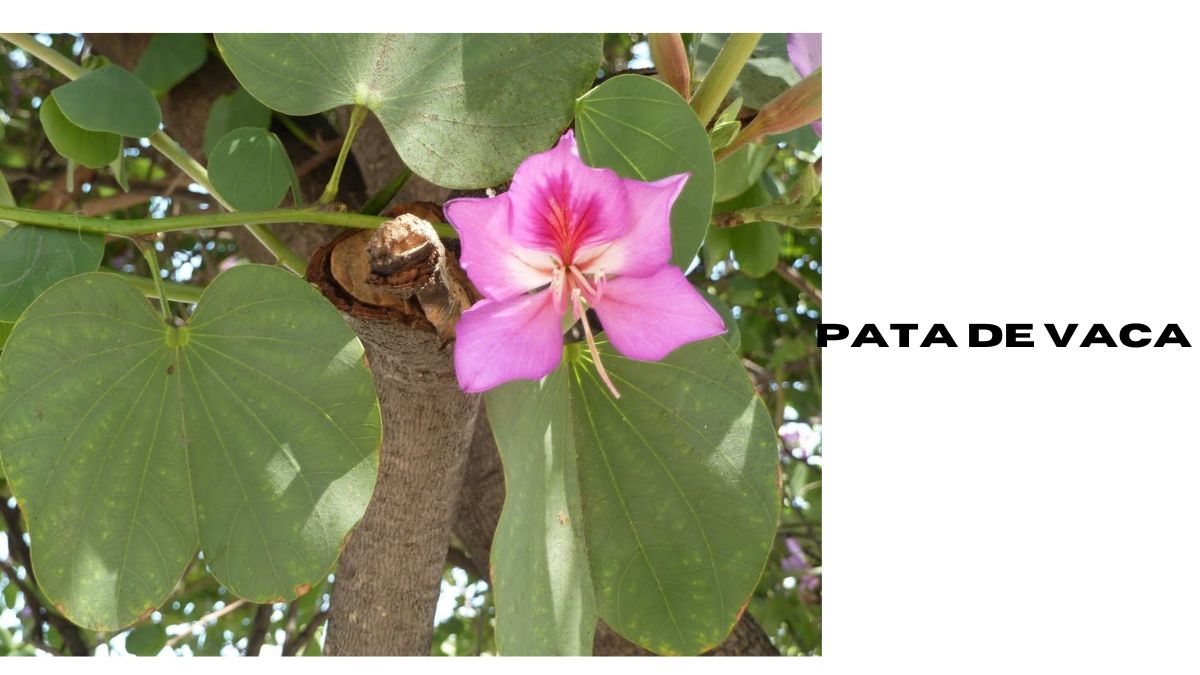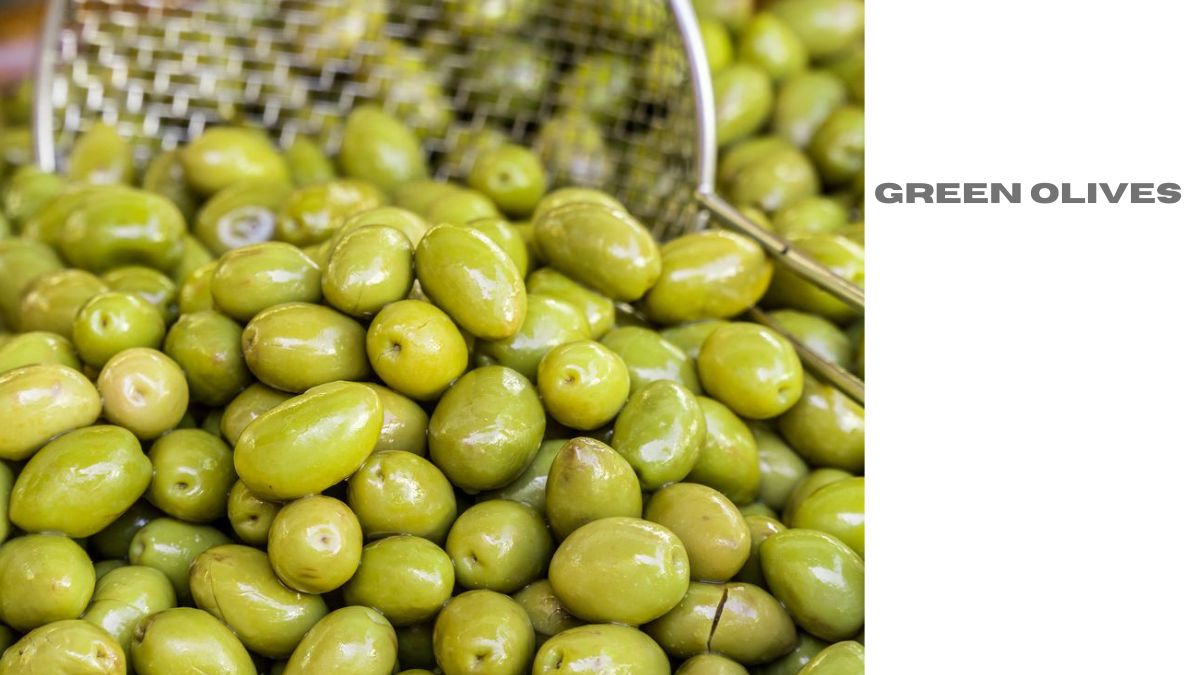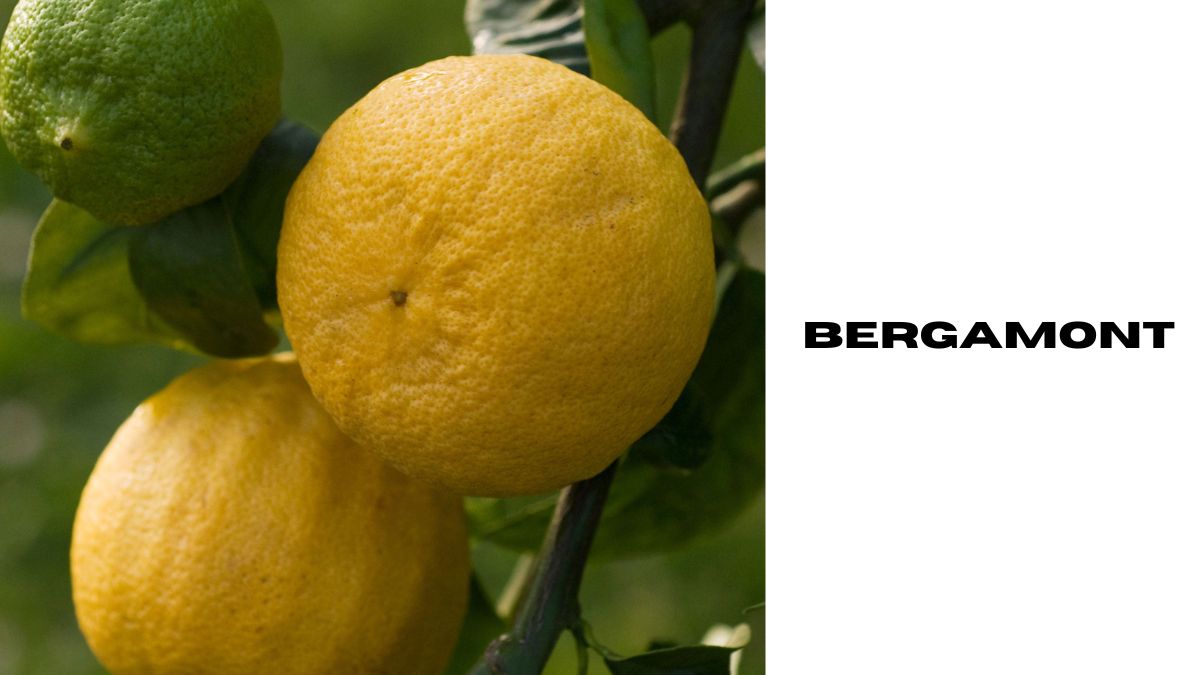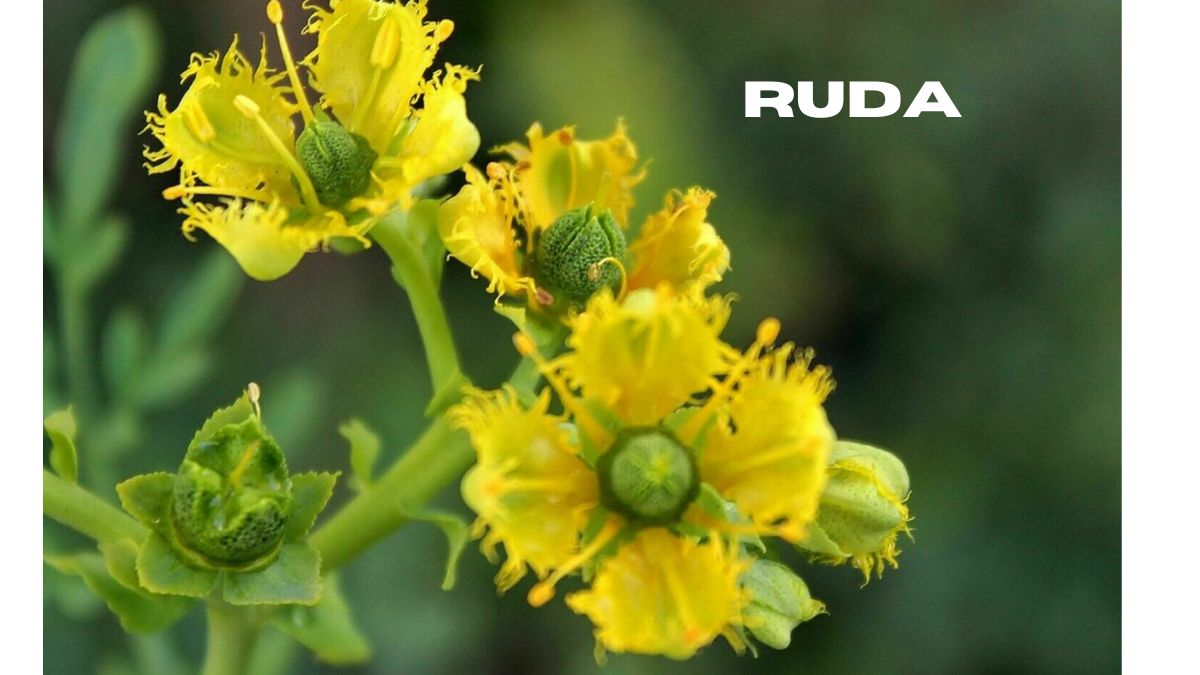Houseplants
Pata de Vaca: A Miracle Plant with Health Benefits Galore

Pata de Vaca, scientifically known as Bauhinia forficata, is a remarkable plant renowned for its medicinal properties and health benefits. With a rich history deeply rooted in traditional medicine, Pata de Vaca has captured the attention of modern researchers and health enthusiasts alike.
Botanical Characteristics
Pata de Vaca is a small to medium-sized tree native to South America, particularly Brazil and Argentina. It belongs to the Fabaceae family and is characterized by its distinctive bi-lobed leaves, resembling the shape of a cow’s hoof, which gives the plant its name. Typically found in subtropical regions, Pata de Vaca thrives in well-drained soils and is often cultivated for its medicinal properties.
Medicinal Properties
For centuries, indigenous communities across South America have utilized various parts of the Pata de Vaca plant for medicinal purposes. The leaves, bark, and roots contain phytochemicals with potent antidiabetic, anti-inflammatory, and diuretic properties. Traditional healers have used Pata de Vaca to treat a myriad of ailments, including diabetes, urinary tract infections, and gastrointestinal disorders.
Nutritional Value
In addition to its medicinal properties, Pata de Vaca is also valued for its nutritional composition. Rich in antioxidants, vitamins, and minerals, including flavonoids, tannins, and vitamin C, Pata de Vaca offers a plethora of health benefits. Regular consumption of Pata de Vaca may help support immune function, improve cardiovascular health, and promote overall well-being.
Modern Research and Studies
Recent scientific studies have corroborated many of the traditional uses of Pata de Vaca, shedding light on its potential therapeutic applications. Researchers have identified bioactive compounds in Pata de Vaca that exhibit hypoglycemic effects, making it a promising natural remedy for managing diabetes. Furthermore, studies have explored its anti-inflammatory properties and its potential role in preventing chronic diseases.
Managing Diabetes
One of the most well-documented benefits of Pata de Vaca is its ability to regulate blood sugar levels. Compounds found in Pata des Vaca have been shown to enhance insulin sensitivity and improve glucose metabolism, making it a valuable adjunctive therapy for individuals with diabetes. Incorporating Pata des Vaca into a balanced diet may help stabilize blood sugar levels and reduce the risk of diabetic complications.
Other Health Benefits
Beyond its role in diabetes management, Pata de Vacas offers a myriad of other health benefits. It possesses diuretic properties, which may aid in detoxification and promote kidney health. Additionally, Pata de Vacas exhibits anti-inflammatory and antioxidant effects, which may help combat oxidative stress and inflammation associated with chronic diseases.
Forms of Consumption
Pata de Vacas is commonly consume in the form of herbal teas, tinctures, and capsules. The leaves and bark can be brewed into a refreshing tea or infused into culinary dishes for added flavor and nutritional value. Alternatively, Pata de Vacas supplements are available in health food stores and online retailers, offering a convenient way to incorporate this potent botanical into your daily routine.
Availability and Accessibility
Pata de Vacas products are increasingly becoming available in health food stores, herbal pharmacies, and online platforms. However, it’s essential to source Pata de Vaca from reputable suppliers to ensure product quality and purity. Whether you’re seeking dried leaves for tea or standardized extracts for therapeutic use, there are plenty of options to explore.
Cultural Significance
In addition to its medicinal properties, Pata de Vacas holds cultural significance in South American cuisines and folklore. In Brazil, Pata de Vacas leaves are often use in traditional dishes such as feijoada, adding a unique flavor and nutritional boost to the meal. Moreover, Patas de Vaca is rever in indigenous cultures for its spiritual properties, believe to foster harmony and balance with nature.
Global Demand and Market Trends
With the growing interest in natural remedies and herbal supplements, the demand for Pata de Vaca products has surged worldwide. Health-conscious consumers are increasingly seeking alternative therapies to complement conventional medicine, driving the market growth for botanical remedies like Pata de Vacas. Market analysts predict continued expansion in the herbal supplements market, with Pata de Vacas poised for significant growth.
Sustainability and Conservation
As the popularity of Pata de Vacas continues to rise, there are concerns regarding its sustainable harvesting and conservation. Over-harvesting and habitat destruction pose significant threats to wild populations of Pata de Vacas. Prompting calls for sustainable harvesting practices and conservation efforts. It’s crucial for stakeholders to collaborate in safeguarding the future of this valuable botanical resource.
Future Prospects
Looking ahead, the future of Pata de Vacas looks promising, with ongoing research uncovering new therapeutic applications and potential uses. As scientists delve deeper into the bioactive compounds found in Pata de Vacas. We can expect to see innovative treatments and products emerge, offering new avenues for health promotion and disease prevention.
Recipes and Culinary Uses
Incorporating Pata de Vacas into your culinary repertoire is easy and enjoyable. Try brewing a soothing cup of Pata de Vacas tea by steeping dried leaves in hot water for a few minutes. Alternatively, add fresh or dried Pata de Vacas leaves to soups, stews, or stir-fries for a nutritious boost of flavor. Get creative in the kitchen and experiment with different recipes to experience the full potential of this versatile botanical.
Conclusion
Pata de Vacas stands out as a true marvel of nature, offering a plethora of health benefits and cultural significance. From its traditional use in folk medicine to its modern applications in managing diabetes and promoting overall wellness. Pata de Vacas continues to captivate the attention of researchers, health enthusiasts, and culinary aficionados worldwide. Embrace the power of Pata de Vaca and unlock its potential to enhance your health and well-being.
Houseplants
Green Olives: A Versatile and Nutrient-Packed Addition to Your Diet

Green olives, with their tangy flavor and firm texture, are a staple in Mediterranean cuisine and have been enjoy for centuries. Beyond their culinary appeal, these little green gems pack a nutritional punch and offer a plethora of health benefits. From their antioxidant properties to their role in promoting heart health, green olives are a versatile ingredient that can enhance both the flavor and nutritional value of your meals.
Nutritional Value of Green Olives
Calories and Macronutrients
Green olives are low in calories but rich in healthy fats, making them a satisfying and nutritious snack option. A serving of ten green olives contains approximately 50 calories and 4 grams of fat, primarily monounsaturate fats, which are known for their heart-healthy benefits.
Micronutrients
In addition to healthy fats, green olives are a good source of vitamin E, iron, and copper. These micronutrients play vital roles in supporting immune function, energy production, and overall health.
Health Benefits of Green Olives
Rich in Antioxidants
Green olives are pack with antioxidants, such as oleuropein and hydroxytyrosol, which help protect cells from damage caused by free radicals. These compounds have anti-inflammatory properties and may reduce the risk of chronic diseases.
Heart Health
The monounsaturated fats found in green olives have been linked to a reduced risk of heart disease by lowering LDL (bad) cholesterol levels and improving blood vessel function. Incorporating green olives into a balanced diet may help support cardiovascular health.
Cancer Prevention
Some studies suggest that the antioxidants in green olives may have anticancer properties, potentially inhibiting the growth of cancer cells and reducing the risk of certain types of cancer, including breast and colon cancer.
Improved Digestion
Green olives contain fiber, which promotes healthy digestion by adding bulk to stool and facilitating regular bowel movements. Additionally, the healthy fats in olives may help lubricate the digestive tract and prevent constipation.
Culinary Uses of Green Olives
Green olives add depth of flavor and a burst of briny goodness to a variety of dishes. From salads and appetizers to main courses and snacks, there are countless ways to incorporate green olives into your culinary repertoire.
Salads
Add chopped green olive to Mediterranean-inspired salads for a pop of color and flavor. Their salty tang pairs well with fresh vegetables, feta cheese, and a drizzle of olive oil.
Appetizers
Stuff large green olive with cream cheese or goat cheese for an elegant appetizer that’s sure to impress your guests. Wrap them in prosciutto for an extra layer of flavor.
Main Courses
Use sliced green olive to elevate pasta dishes, such as puttanesca or pasta primavera. Their briny flavor adds depth to sauces and complements the richness of meats and seafood.
Snacks
Enjoy green olive on their own as a satisfying and nutritious snack. Pair them with whole-grain crackers or raw vegetables for a balanced snack that will keep you feeling full and energized.
Types of Green Olive
Spanish Green Olive
Spanish green olive are known for their firm texture and slightly bitter flavor. They are often marinate in olive oil and herbs to enhance their taste.
Greek Green Olive
Greek green olive are brined rather than cured, giving them a milder flavor and a softer texture. They are commonly used in Greek salads and mezze platters.
Italian Green Olive
Italian green olives come in various sizes and shapes, ranging from small and round to large and oblong. They are typically cured in brine or pack in olive oil with herbs and spices.
How Green Olive Are Made
The process of making green olive involves harvesting the olive at the peak of ripeness and then curing them to remove their natural bitterness. There are several methods of curing olives, including brining, dry curing, and lye curing, each of which imparts a unique flavor and texture to the final product.
Harvesting Process
Green olive are harvested by hand or with the use of mechanical shakers to gently shake the olives from the tree branches. Care is taken to avoid damaging the olives during the harvesting process to ensure the highest quality product.
Curing Methods
Once harvested, the olives are sort and cleaned before being cure. Brining is the most common method of curing green olive, which involves soaking them in a saltwater solution for several weeks to remove their bitterness. Other curing methods, such as dry curing with salt or lye curing, are less common but produce olives with distinct flavors and textures.
Sustainability and Environmental Impact
The cultivation of olives is generally considered to be environmentally friendly, as olive trees are well-adapted to the Mediterranean climate and require minimal irrigation and fertilizer. However, unsustainable farming practices, such as overuse of pesticides and monoculture farming, can have negative impacts on soil health and biodiversity.
Houseplants
Bergamont: A Versatile Citrus Gem

Bergamont, with its fragrant citrusy aroma and a tangy-sweet taste, is a fruit known for its versatile applications in culinary, aromatherapy, personal care, and well-being. This article delves into the multifaceted nature of bergamonts, exploring its origins, cultivation, uses, and benefits.
Understanding Bergamonts
What is Bergamonts?
Bergamonts, scientifically known as Citrus bergamia, is a small citrus fruit primarily grown in the Mediterranean region. It resembles a miniature orange, with a distinctive pear-like shape and yellow or green color when ripe.
History of Bergamonts
Bergamonts has a rich history dating back centuries. It is believe to have originate in Southeast Asia and was later introduce to Europe by Christopher Columbus in the 15th century. Its name is derived from the Italian city of Bergamo, where it was initially cultivated.
Cultivation of Bergamonts
Bergamonts thrives in subtropical climates with well-drained soil and ample sunlight. The fruit is harvest during the winter months when its essential oil content is at its peak.
Common Uses of Bergamonts
Bergamonts finds its way into various culinary dishes, beverages, perfumes, and cosmetics due to its unique flavor and aroma.
Health Benefits of Bergamonts
It is pack with nutrients and bioactive compounds that offer several health benefits, including antioxidant properties, immune support, and digestive aid.
Bergamonts in Culinary Delights
Bergamonts in Cuisine
In culinary practices, bergamont zest and juice are use to add a citrusy flavor to desserts, sauces, marinades, and salads.
Bergamont Tea Recipes
Bergamonts tea, made from dry bergamonts leaves or zest, is a popular beverage known for its refreshing taste and potential health benefits.
Bergamonts Infused Dishes
Infusing dishes with bergamonts oil or essence can elevate the flavor profile of savory dishes, confections, and cocktails.
Bergamonts in Aromatherapy
Aromatherapeutic Uses
Bergamont essential oil is prize in aromatherapy for its uplifting and calming effects on the mind and body.
Bergamonts Essential Oil Benefits
The aromatic compounds in bergamont oil have been link to stress reduction, mood enhancement, and improved cognitive function.
How to Use Bergamonts in Aromatherapy
It can be diffuse, inhaled, or apply topically (diluted with a carrier oil) to experience its therapeutic effects.
Bergamonts in Personal Care
Bergamonts in Skincare
Bergamont oil is commonly use in skincare products for its antiseptic, anti-inflammatory, and astringent properties, making it effective in treating acne, eczema, and oily skin.
Bergamonts in Haircare
Bergamont-infused hair products can help balance sebum production, promote scalp health, and add shine to hair.
Bergamonts in Perfumery
The alluring scent of bergamonts is a popular choice in perfumery, often used as a top note in citrusy and floral fragrances.
Bergamonts and Well-being
Stress Relief with Bergamonts
The calming aroma of bergamonts oil can alleviate stress, anxiety, and tension, promoting relaxation and mental clarity.
Bergamont for Mental Clarity
Inhaling bergamont oil may enhance focus, concentration, and cognitive function, making it beneficial for studying or working.
Bergamonts for Sleep Improvement
Diffusing bergamonts oil before bedtime can create a soothing atmosphere conducive to restful sleep, helping to combat insomnia and promote relaxation.
Conclusion
Bergamonts stands out as a versatile citrus gem, offering a myriad of culinary, aromatic, personal care, and well-being benefits. Whether enjoyed in a cup of tea, incorporated into skincare routines, or used for its therapeutic properties, bergamont continues to captivate and enrich lives worldwide.
Houseplants
Ruda: Unveiling the Mysteries of the Herb

Ruda, also known as Rue, is a perennial herb with a rich history spanning centuries. This aromatic plant, scientifically classified as Ruta graveolens, belongs to the Rutaceae family and is native to the Mediterranean region. Renowned for its distinct scent and numerous health benefits, Ruda has found its way into traditional medicine, culinary dishes, and even folklore.
Origins and Cultivation
Ruda has been cultivated for centuries, with its origins tracing back to ancient civilizations such as the Greeks and Romans. It thrives in temperate climates and well-drained soil, requiring ample sunlight to flourish. Today, Ruda is cultivated worldwide, with notable production hubs in Europe, North Africa, and parts of Asia.
Nutritional Value
Although primarily valued for its medicinal properties, Rudas also boasts a range of essential nutrients. Rich in vitamins A, C, and E, as well as minerals like calcium, magnesium, and potassium, this herb offers a nutritional boost when incorporated into one’s diet.
Medicinal Properties
Rudas has long been revered for its medicinal properties, with traditional practitioners harnessing its healing potential for various ailments. It is believed to possess anti-inflammatory, antimicrobial, and antispasmodic properties, making it a popular choice for treating digestive issues, menstrual cramps, and respiratory conditions.
Culinary Uses
In addition to its medicinal benefits, Ruda adds a distinctive flavor to culinary creations. Its bitter, citrus-like taste enhances the flavor profile of dishes ranging from soups and stews to salads and sauces. However, due to its potent flavor and potential toxicity in large quantities, Ruda should be used sparingly in cooking.
Rudas in Folklore and Culture
Throughout history, Rudas has been shrouded in folklore and superstition. In many cultures, it is believed to ward off evil spirits and bring good luck when worn or planted near homes. Additionally, Rudas has been used in rituals and ceremonies to promote health, prosperity, and protection.
Precautions and Side Effects
While Ruda offers numerous health benefits, it is essential to exercise caution when using this herb. Ingesting large amounts of Ruda can lead to toxicity, resulting in symptoms such as nausea, vomiting, and dizziness. Pregnant women should avoid Rudas, as it may stimulate uterine contractions and increase the risk of miscarriage.
Harvesting and Storage
Harvesting Rudas is a straightforward process, typically involving the plucking of fresh leaves and stems. To preserve its potency, Rudas should be stored in a cool, dry place away from direct sunlight. Dried Rudas can be stored in airtight containers for extended periods, ensuring its medicinal and culinary uses remain intact.
Conclusion
Rudas stands as a versatile herb with a rich history and myriad benefits. From its origins in ancient civilizations to its widespread cultivation today, Ruda continues to captivate enthusiasts with its aromatic scent, nutritional value, and medicinal properties. Whether used in traditional medicine, culinary endeavors, or cultural rituals, Ruda remains a timeless symbol of health and vitality.
-

 Gardening10 months ago
Gardening10 months agoHow to Get Rid of Bugs in Your Bagged Soil (Answered)
-

 Backyard10 months ago
Backyard10 months agoShould You Remove Pine Needles from Under a Tree? (Answered)
-

 Gardening10 months ago
Gardening10 months ago10 Surprising Facts About Greenhouses (How Do Greenhouses Work?)
-

 Backyard10 months ago
Backyard10 months agoHow to Keep Rodents Away from Your Garden Mulch (Answered)
-

 Backyard10 months ago
Backyard10 months agoHow to Use Conifer Clippings as Mulch (Explained)
-

 Gardening10 months ago
Gardening10 months agoTips for Growing Tomatoes in Clay Soil (Important Facts!)
-

 Gardening10 months ago
Gardening10 months agoHow to Keep Squirrels Away with Coffee Grounds (Answered)
-

 Gardening10 months ago
Gardening10 months agoHow to Stop Grass From Growing Through Mulch (Explained with Examples)
